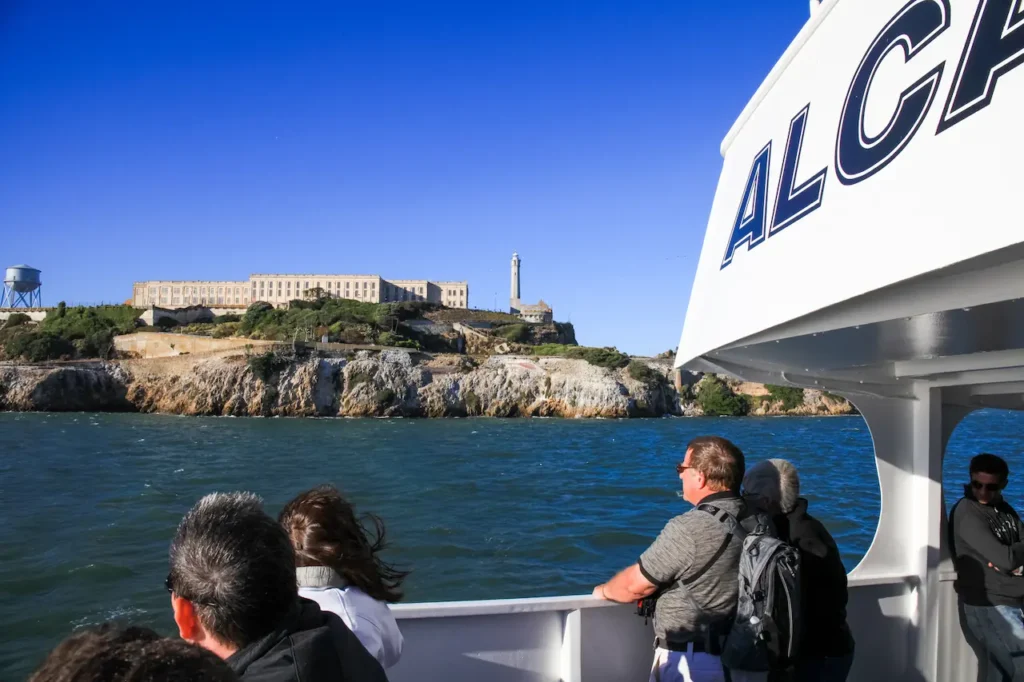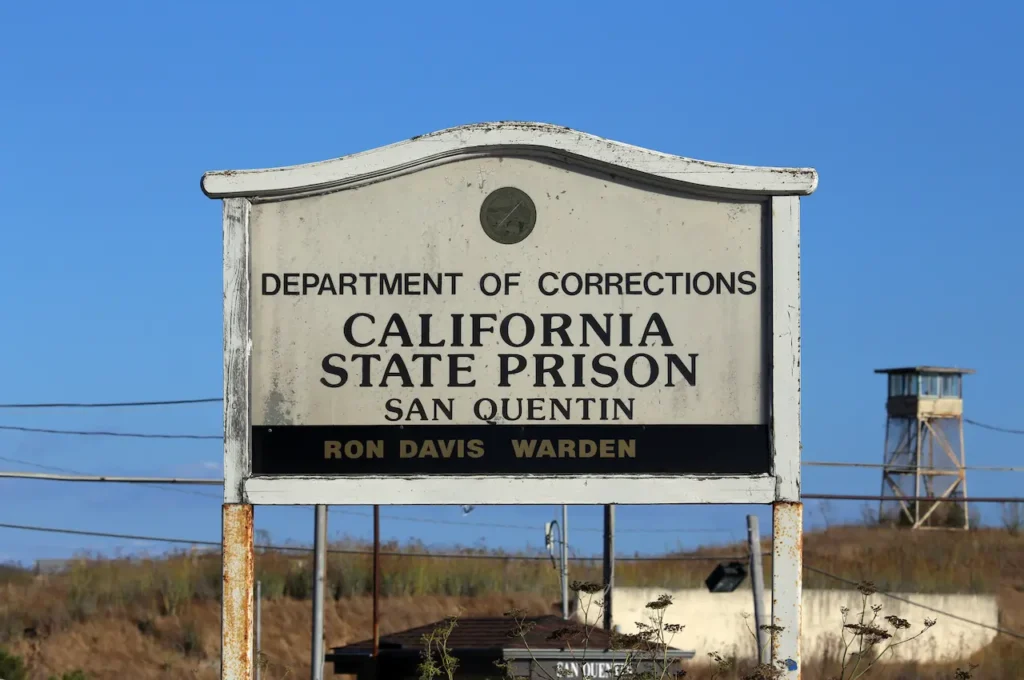Most people picture concrete walls, high-security cells, and barbed wire when they think of America’s toughest prisons/ America’s Hardest Prisons. But geography is more important than most realise. The most notorious prisons are defined by their location, whether it’s the frozen wilderness of Alaska or the scorching deserts of Arizona.
This blog examines how geography, including location, climate, isolation and topography, helps shape the environments in America’s most difficult prisons, and reinforces their reputation as almost unbreakable fortresses.
The role of isolation in prison security
Isolation is a critical factor in the placement and design of high-security prisons. Many supermax and maximum-security facilities are situated far away from major urban areas, not only to avoid easy escape, but also to reduce coordinated rescue activity or riots. These remote locations provide natural barriers for escape and reduce the need for manpower.
Take ADX Flores, in Colorado. It’s often called the “Alcatraz of the Rockies.” ADX Florence, located in the high desert and at a height of 6,000 feet, is as remote as you can get. The location is not only inaccessible, but also psychologically and logistically difficult. Inmates are kept locked up for 23 hours per day. Escape is nearly impossible due to the mountainous terrain, arid weather, and sparse population.
USP Marion, which was built in Illinois to replace Alcatraz when it closed in 1993, is also located in southern Illinois — far from any major metropolitan area. Although not as extreme geographically as ADX’s placement, it demonstrates a consistent trend that remoteness is security.

Climate as a psychological and physical barrier
It’s not just about distance. It includes climate. Some of America’s toughest prisons use extreme weather to guard against inmates.
1. Arizona State Prison Complex Florence
This prison is located in the Sonoran Desert and experiences temperatures of over 110degF. The harsh desert environment and limited air conditioning make it difficult for inmates to live. Extreme heat makes it difficult to escape and can make outdoor activities physically exhausting.
2. Spring Creek Correctional Centre, Alaska
Spring Creek, in Seward, Alaska, is at the opposite end of the spectrum. This facility, located between the icy Gulf of Alaska and snowy mountain range,s is not only cold but also isolated by subarctic terrain. It’s also surrounded by dense forest. The temperature in the winter can reach -20°f, and the snow is often several feet deep. The geography is not just a backdrop, but a deterrent.
Historical Geography: Alcatraz Island
Alcatraz is a prison that operated between 1934 and 1963. Alcatraz, located on a small islet in the middle of San Francisco Bay, used geography to its advantage. It was thought to be escape-proof, as it was surrounded by icy waters and strong currents.
Alcatraz is a great example of how geography, in this case, the island’s location within dangerous waters, can become a key feature of prison architecture. Its isolation, just 1.25 miles away from the mainland but seemingly inaccessible, led to its legend and fear.
Alcatraz, which closed in the 1980s due to its high operating costs and decaying facilities, set a precedent for how natural features can be integrated into prison safety.
Natural Boundaries: Topography and Terrain
Some prisons use rough terrain as an additional layer of confinement. The land itself is used as a defence mechanism.
1. USP Florence High, Colorado
Florence High, not to be confused with the ADX supermax nearby, is a high-security facility that uses the terrain in its favour. It is located in Fremont County and is surrounded by semiarid hills, flatlands and mountains. This prison complex, also known as “Alcatraz of the Rockies”, forms part of the prison complex.
The open, wide landscape provides clear visibility for surveillance. The dry, unforgiving ground makes tunnel escapes more difficult.
2. Pelican State Prison, California
Pelican Bay, located near the Oregon border and in a remote part of Del Norte County, is surrounded by coastal cliffs and redwood forests. The remoteness of the area, thick vegetation, and foggy conditions make escape impossible. The rugged terrain also makes access to the facility by outsiders–whether for rescue or riot coordination–extremely difficult.
Prisons as Geographic Landmarks
They become a part of the geography. They can influence the local economy and transportation routes as well as social dynamics.
Florence, Colorado, for example, is known as “the prison capital of the United States”. It hosts a number of federal facilities,s including the ADX Florence supermax, a medium security facility, and a camp with minimum security. The prison system has become the largest employer in the town, with infrastructure like roads, utilities and emergency services developed around it.
Susanville in California was once a logging community, but has now become a prison economy because of the multiple state correctional institutions, such as the High Desert State Prison.
These areas are not just mapped; but the prisons are also mapped.

Geopolitical and social considerations
Prisons are located in areas where geography is important. Many remote locations are chosen for their political viability. Local populations may be in favour of the economic boost that prisons can bring, even though they are physically far from everyday life.
This geographic separation does have implications. Due to their remoteness, families of inmates have difficulty visiting. This leads to social isolation among prisoners. In these locations, it is also difficult to reach legal advocates, mental healthcare professionals, and other support services.
This spatial separation reinforces that maximum-security prisons are places of not only incarceration but also of almost total removal from society.
Future Trends: Geography vs. Technology
As AI and surveillance technologies advance, a question arises: Will geography continue to be a primary defensive mechanism?
Some experts believe that digital security will eventually replace the need for terrain-based, remote isolation. The psychological and practical benefits that come with geographically isolated prisons – both for security and deterrence – are likely to keep geography a major factor in the design of high-security prisons.
Location will continue to determine the effectiveness of new facilities. Geography is more than maps. It’s also about control, movement, and accessibility.
The conclusion of the article is:
The toughest prisons in America don’t just have steel bars or concrete walls. The geography of the prisons is a major factor in their design. They are surrounded by remote mountains, scorching deserts, dense forests, and islands.
The geography of prisons is more than just a way to contain prisoners. It also deters and punishes. The landscape, the fence and the silent guard are what keep these prisons nearly impenetrable.
Understanding the location of these facilities allows us to better understand how the U.S. Correctional System physically and symbolically separates its most dangerous prisoners from society.




